



Suggested citation: Aggarwal, Jhalak, Shreya Wadhawan, and Aryan Bajpai. 2022. Mainstreaming Loss and Damage in Climate Negotiations: Policy Recommendations to Nudge Climate Action. New Delhi: Council on Energy, Environment and Water.
This issue brief examines the urgency to address loss and damage and its associated impacts. It highlights the different perspectives to understand loss and damage and discusses the fundamental gaps and challenges surrounding the issue. Further, the study analyses the latest Nationally Determined Contributions (NDCs) and offers insights about how nations frame the issue of ‘loss and damage’. While nations are not mandated to report on loss and damage under the Paris Agreement, NDCs are an important source for drawing data on countries’ climate change targets and policies. We recommend ways to eliminate the scepticism and uncertainty surrounding the loss and damage debate, consistent with the Paris Agreement goals.
With the world being marred by the increasing frequency and intensity of extreme weather events, the focus should be on addressing the consequent climate-related impacts that are commonly referred to as “loss and damage”. According to the World Meteorological Organisation (WMO), the world, on average, has experienced a weather- or climate-related disaster every day over the past 50 years, leading to daily losses amounting to over USD 202 million (WMO 2021). “Loss and Damage”1 describes the manifestation of adverse climate change impacts that cannot be avoided either through adaptation or mitigation efforts (UNEP 2014). However, in the absence of mutually agreed-upon definitions and methodologies to assess L&D, what ensues is a lack of clarity, consistency, and coordination on targeted climate action.
In 2013, the UNFCCC set in motion the Warsaw International Mechanism (WIM) to address loss and damage associated with climate change impacts (Rai and Acharya 2020). In 2015, the Paris Agreement provided further recognition of the issue in Article 82, alongside mitigation and adaptation, giving it the place it deserved. However, currently, much of the discussion still focuses on adapting to the increasing effects of climate change even as irreparable disruptions to ecosystems and communities continue to occur.
In light of such climate reality, the inclusion of L&D in the Nationally Determined Contributions (NDCs) can help ensure that the issue receives necessary attention while building the case for stronger climate action. With this in mind, we conduct an in-depth literature review where we map all the latest NDCs submitted by countries for mentions of “L&D” and highlight issues, gaps, and challenges with recommended actions for policymakers to address loss and damage globally.
Figure ES1 uncovers insights on major gaps and challenges in the L&D debate.
Our analysis reveals several fundamental gaps and challenges leading to slow progress in international negotiations on L&D. We highlight the key gaps:
Overview of existing gaps and challenges
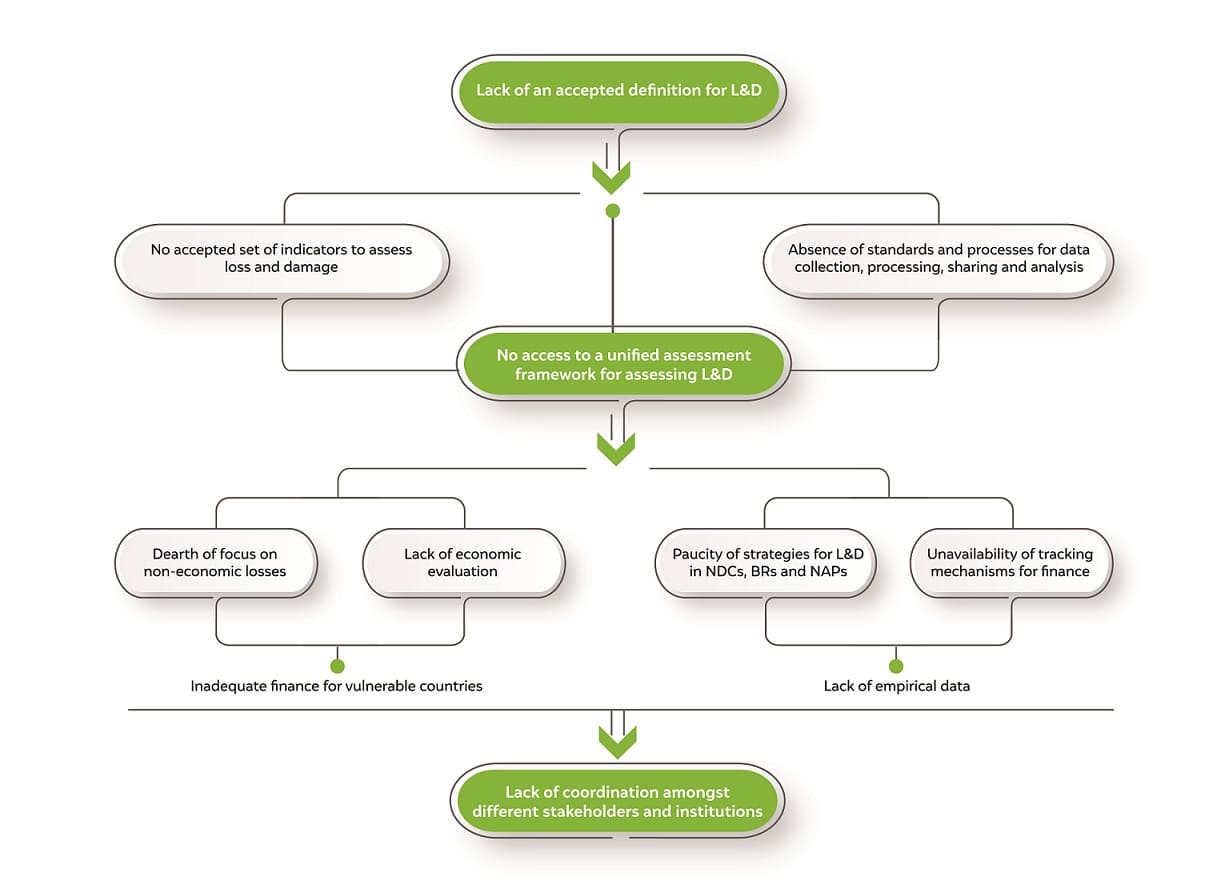
Source: Authors’ analysis
As we move ahead, actions to address these gaps must be implemented urgently and at scale, alongside adaptation efforts. Further, nations must include targets and measures relevant to L&D in formal communications. Since the Paris Agreement recognises L&D as a separate issue from mitigation and adaptation, Annex-I (developed countries) and Non-Annex-I (developing nations) countries can and must include information on the same4. This can also serve as an input to the Global Stocktake (GST) process5. It is important to note that loss and damage reporting under the new Enhanced Transparency framework is encouraged; however, deliberation of loss and damage in the GST is mandatory. Hence, providing this information in the GST can improve and accelerate the process as well as strengthen the demand for corrective measures. Thus, the discourse around L&D must not be restricted to siloes but should be in symphony with the larger debate on action against climate change.
Loss and damage is mentioned by 34 per cent of countries in their NDCs as of 2022
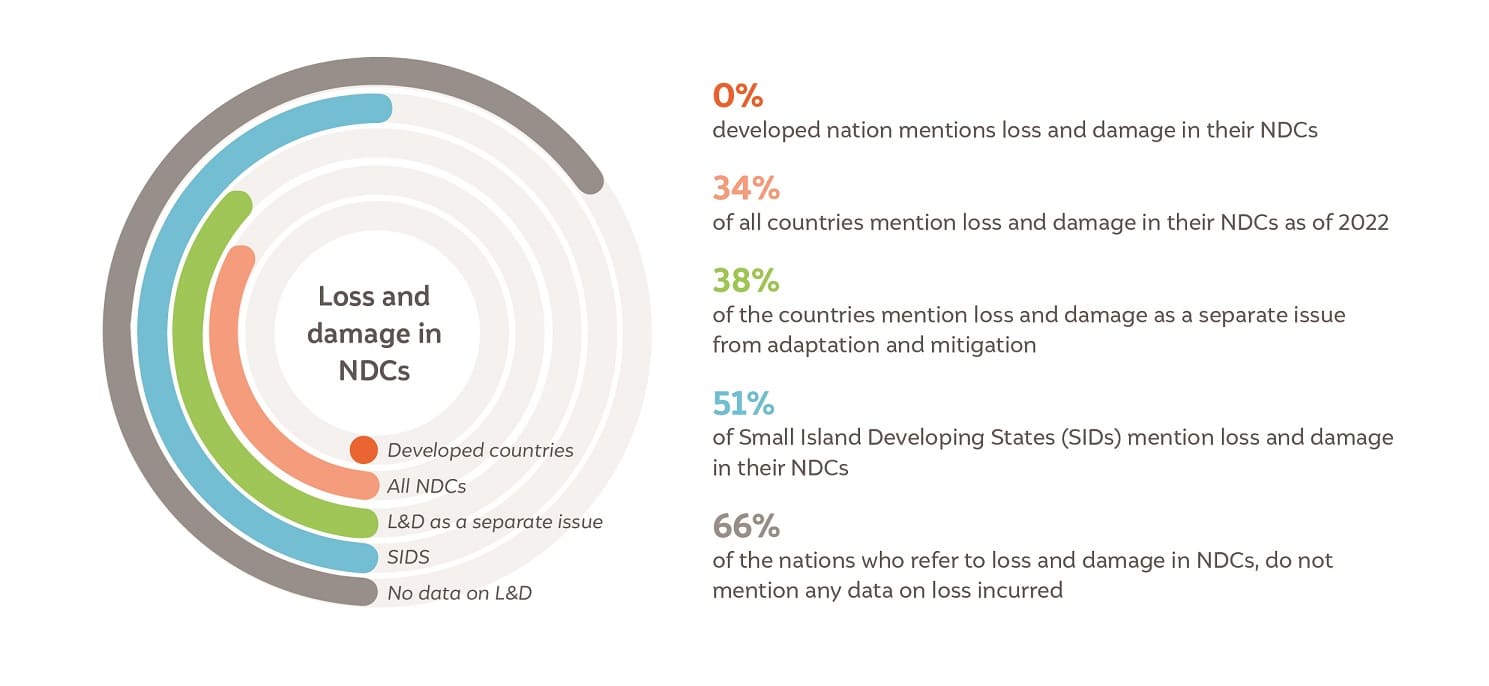
Source: Authors’ analysis
To drive an informed and action-oriented approach towards mainstreaming L&D in the global climate regime, we outline the following call-to-actions:
Notes
1 In the document, we use the term ‘loss and damage’ in lowercase case letters to refer to the harm from (observed) impacts and (projected) risks, and the term ‘Loss and Damage’ (L&D) to refer to the political debate as acknowledged by the IPCC.
2 The Article 8 of the Paris Agreement focuses on L&D. Under this article, the agreement recognizes the importance of addressing the issue through enhancing understanding on the subject and strengthening the Warsaw International Mechanism
3 NDCs or Nationally Determined Contributions are a requirement of the Paris Agreement under Article 4, Paragraph 2, wherein each party to the agreement is expected to prepare, communicate, and maintain the successive commitments that it intends to achieve.
4 Reporting on loss and damage is not mandatory under the Paris Agreement.
5 Article 14 of the Paris Agreement mentions the global stocktake process. This is a process that acts as a monitoring tool by assessing the collective progress of all parties towards achieving the various objectives mentioned in the agreement. Decision 19/CMA.1 describes the process of conducting the global stocktake, including the modalities and sources of input.
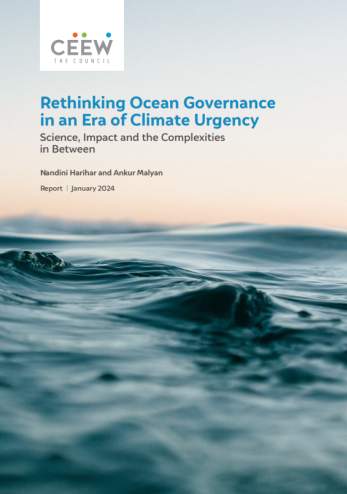
Rethinking Ocean Governance in an Era of Climate Urgency
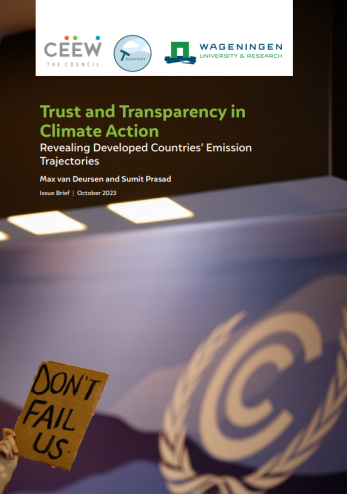
Trust and Transparency in Climate Action
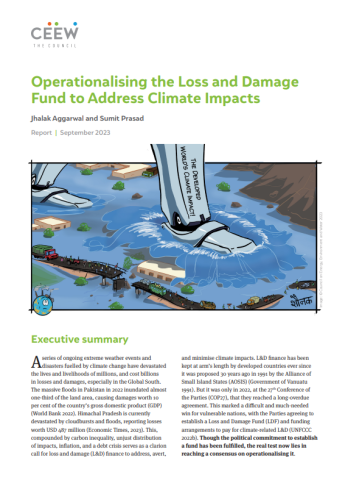
Operationalising the Loss and Damage Fund to Address Climate Impacts
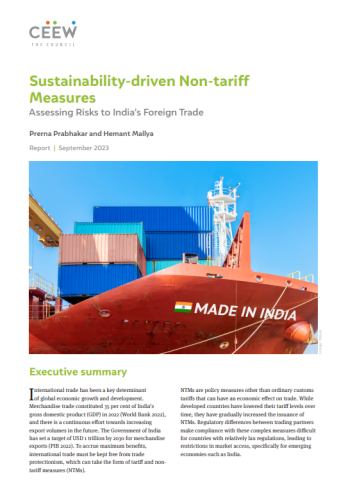
Sustainability-driven Non-tariff Measures